Learn what is happening in the field of worksite wellness and how you can help create a dynamic wellness program within a supportive culture of health where employees feel valued and supported for practicing a healthy lifestyle.
Three ways you might be doing worksite wellness wrong. And how to get it right! Here are three common mistakes employers make in their wellness program design and solutions to turn them around. Improve your culture of wellbeing.
Concerned that one of your employees is struggling with substance abuse? Through our arrangement with OneHealth, MIIA/BCBS members have access to a private online health community. This service comes at no cost to your employees and families enrolled on one of our health plans. All they have to do is contact us at the number on this fact sheet.
We'll go to the doctor when we feel flu-ish or a nagging pain. So why don’t we see a health professional when we feel emotional pain: guilt, loss, loneliness? Too many of us deal with common psychological-health issues on our own, says Guy Winch, during his enlightening TED Talk, Why We All Need to Practice Emotional First Aid. But we don’t have to. He makes a compelling case to practice emotional hygiene — taking care of our emotions, our minds, with the same diligence we take care of our bodies.
Feeling stuck in the status quo and sensing you may have have an unhealthy workplace culture? Dr. Rosie Ward and Dr. Jon Robinson of Salveo Partners address this with Overcome an Unhealthy Workplace Culture. The authors provide a series of questions to determine if your workplace has a spirit of thriving organization wellbeing and the 7 Points of Transformation strategy to promote a thriving work culture. Read this informative white paper to learn the value of organizational wellbeing and how it may change your workplace.
What Employees Want -- Six Questions that Make Creativity More Valuable than $$$ When Planning Your Wellness Program. Build a more supportive workplace with a better understanding of these six questions and answers. Learn how to better communicate the value of wellbeing to your employees.
Simon Sinek's TED Talk, How Great Leaders Inspire Action, has a simple but powerful model for inspirational leadership all starting with a golden circle and the question "Why?" His examples include Apple, Martin Luther King, and the Wright brothers. His TED Talk has been viewed nearly 20 million times.
Beyond good intentions: Making health behavior change a reality. Ronald J. Ozminkowski, PhD and senior vice president and chief scientific officer at Optum, explores the role physical environment plays in maximizing the impact of health and wellness programs in an insightful white paper. Understanding both the emerging science and the important role our environment plays in influencing daily health decisions will help employers build a more robust culture of health in the workplace. Learn the science behind how people make health decisions.
Health management ROI:It's time for a fresh approach. Read what Ronald J. Ozminkowski, PhD and senior vice president and chief scientific officer at Optum, has to say about the value of wellness programs and how their value can be demonstrated by boosting productivity and safety, lowering absenteeism, improving quality of life and reducing health risks. See how combining people metrics and business metrics can impact overall performance.
Half of Employees Don't Feel Respected by Their Bosses. Christine Porath, associate professor at Georgetown University, presents findings from a Harvard Business Review research study. One highlight is being treated with respect was more important to employees than recognition and appreciation, communicating an inspiring vision, providing useful feedback — even opportunities for learning, growth, and development. Those that get respect from their leaders reported 56% better health and wellbeing. Read more about this enlightening study.